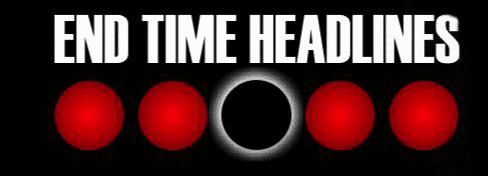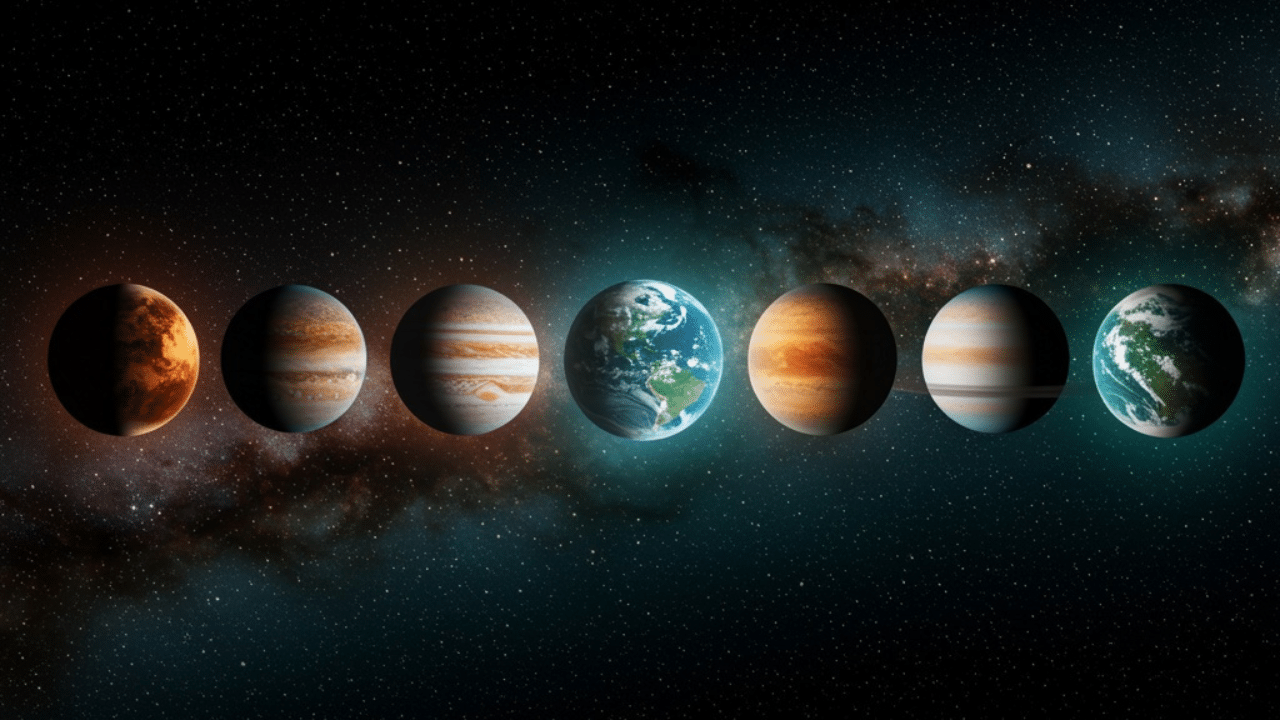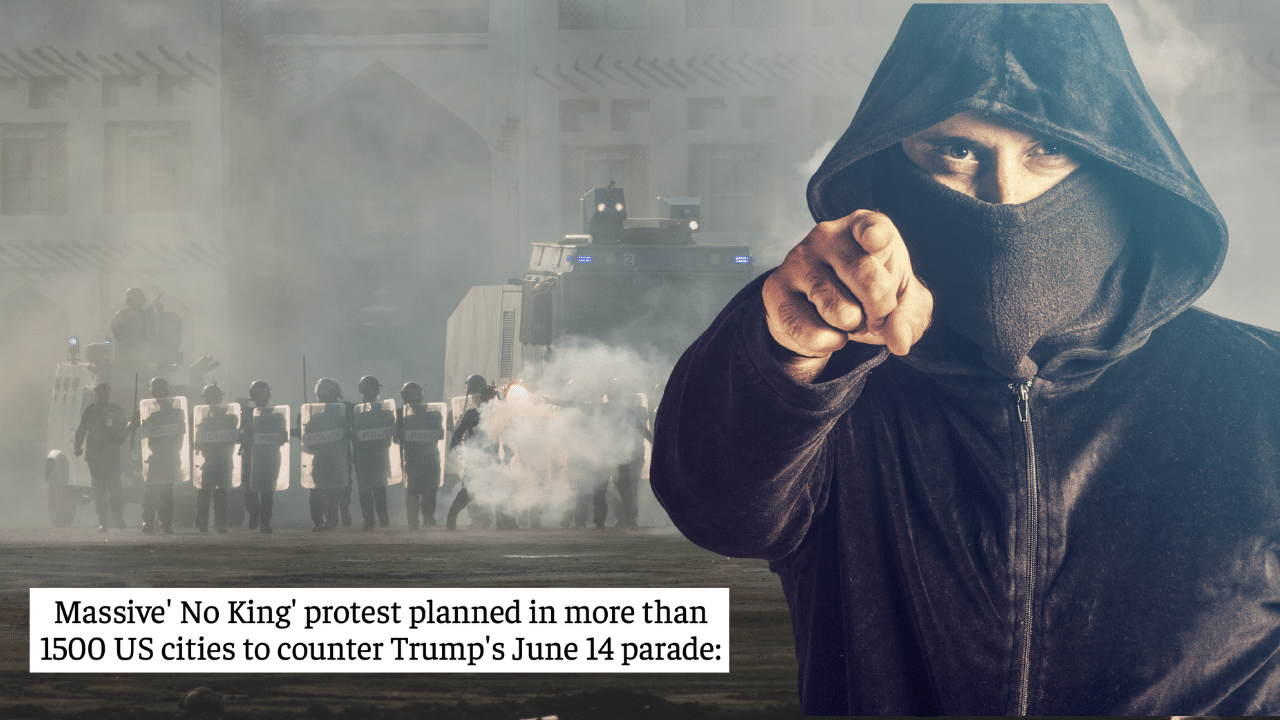(OPINION) This week, skywatchers across the globe are gearing up for an extraordinary astronomical event: a rare alignment of all seven planets visible to the naked eye—Mercury, Venus, Mars, Jupiter, Saturn, Uranus, and Neptune—stretching across the night sky in what some are calling a celestial “parade.”
News outlets have been abuzz with coverage of this phenomenon, while many are turning to ancient texts, including the Bible, to ponder whether such signs in the heavens carry deeper meaning.
According to reports from major news publications, this week’s alignment is a striking rarity.
An article from a prominent science outlet noted that while planetary alignments involving a few planets occur periodically, seeing all seven in a single sweep across the sky is an event that happens only once every few decades.
The piece explained that the planets will appear in a nearly straight line, with brighter ones like Venus and Jupiter dazzling even urban observers, while fainter Uranus and Neptune may require binoculars or a telescope for the full experience.
Another leading news source highlighted the timing, pointing out that the alignment peaks this week, with optimal viewing just after sunset.
Experts interviewed emphasized the precision of orbital mechanics required for such a display, calling it a “cosmic coincidence” that’s thrilling astronomers and casual stargazers alike.
A third outlet, focused on public engagement, reported a surge in telescope sales and planetarium bookings, underscoring the event’s broad appeal.
For many, this planetary parade isn’t just a scientific marvel—it’s a moment to reflect on spiritual significance.
The Bible frequently references the heavens as a canvas for divine messages. In Genesis 1:14, God declares that the lights in the sky—sun, moon, and stars—are “for signs and for seasons,” suggesting a purpose beyond mere illumination.
This verse has long fueled interpretations that celestial events might signal important moments in human history.
The Gospel of Luke offers another compelling reference. In Luke 21:25, Jesus speaks of the end times, saying, “There will be signs in sun and moon and stars, and on the earth distress of nations in perplexity.”
While scholars debate the specifics, some believers see unusual alignments like this week’s parade as echoes of such prophecies, hinting at divine orchestration.
Similarly, Revelation 12:1 describes “a great sign” in the heavens—a woman clothed with the sun, with the moon under her feet and a crown of twelve stars—prompting speculation about whether planetary gatherings could symbolize larger cosmic narratives.
Old Testament passages also resonate here. Joel 2:30-31 promises, “I will show wonders in the heavens and on the earth…
The sun shall be turned to darkness, and the moon to blood, before the great and awesome day of the Lord comes.”
Though this week’s event lacks the dramatic eclipses or color shifts described, its rarity has sparked online discussions—trending on platforms like X—about whether it qualifies as a “wonder” in the biblical sense.
Not everyone agrees on the implications. Astronomers interviewed by news outlets stress that planetary alignments, while uncommon, are natural outcomes of orbital paths, predictable through mathematics rather than divine intervention.
The rarity of this seven-planet parade has undeniably stirred curiosity across secular and religious spheres.
News reports have noted how online communities are buzzing with interpretations, some tying it to biblical “signs,” others simply celebrating the beauty of the cosmos.
Whether viewed through a telescope or a scriptural lens, this week’s celestial event invites us all to look up—and perhaps wonder what it might mean.










